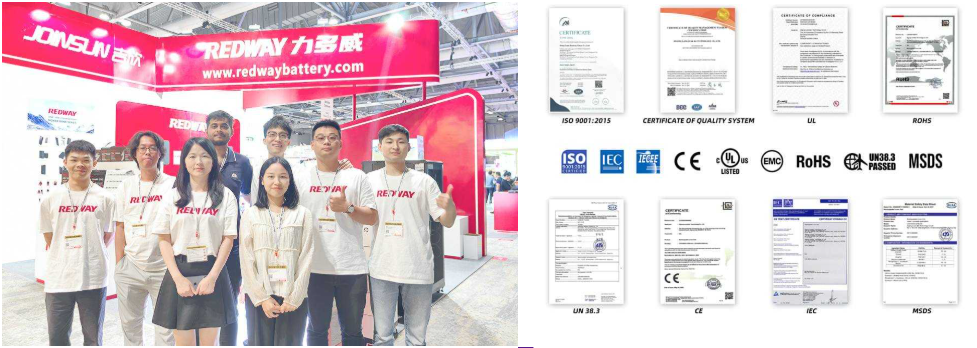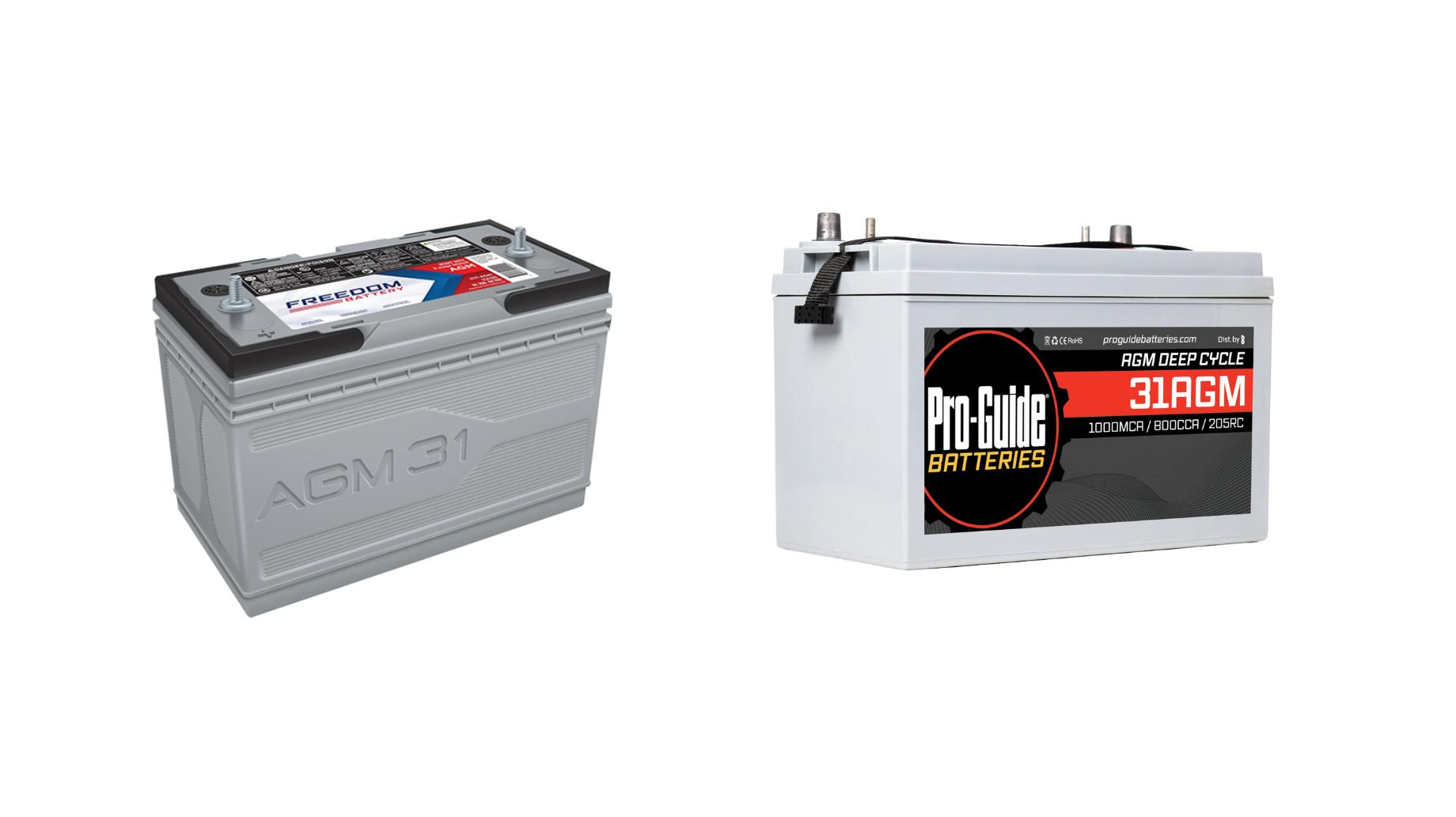The Group 31 AGM marine battery excels in marine environments due to its spill-proof design, vibration resistance, and deep-cycle capabilities. It provides reliable power for trolling motors, electronics, and onboard systems, even in harsh conditions. With maintenance-free operation and longer lifespan compared to traditional batteries, it’s a top choice for boaters prioritizing durability and performance.
How Does a Group 31 AGM Marine Battery Work?
Group 31 AGM (Absorbent Glass Mat) batteries use fiberglass mats to hold electrolytes, eliminating spills. They deliver consistent power through deep-cycle discharges, making them ideal for marine applications. AGM technology ensures faster recharge times, minimal self-discharge, and resilience to vibrations, which are critical for boats exposed to rough waters.
What Are the Key Benefits of Using a Group 31 AGM Battery?
Key benefits include maintenance-free operation, resistance to shock and vibration, longer cycle life (up to 2x flooded batteries), and superior performance in extreme temperatures. AGM batteries also charge 40% faster than traditional lead-acid batteries and can be installed in any orientation without leakage risks.
Wholesale lithium golf cart batteries with 10-year life? Check here.
How to Properly Install a Group 31 AGM Marine Battery?
Ensure the battery tray is secure and corrosion-free. Connect terminals tightly (positive first, then negative) and apply anti-corrosion spray. Use marine-grade cables and ensure proper ventilation. Avoid over-tightening terminals, which can damage lead posts. Always follow the manufacturer’s torque specifications.
What Maintenance Does a Group 31 AGM Battery Require?
AGM batteries require minimal maintenance: periodically clean terminals, check voltage (12.6–12.8V when fully charged), and avoid deep discharges below 50%. Use a compatible charger to prevent overcharging. Unlike flooded batteries, AGM models don’t need water refills or equalization charges.
Want OEM lithium forklift batteries at wholesale prices? Check here.
How Does Temperature Affect Group 31 AGM Battery Performance?
AGM batteries perform reliably in temperatures from -20°C to 60°C. Cold reduces capacity temporarily, while heat accelerates aging. Insulate batteries in freezing conditions and avoid direct sunlight in hot climates. AGM’s low self-discharge rate (1–3% monthly) makes it ideal for seasonal storage.
What Safety Features Do Group 31 AGM Batteries Offer?
AGM batteries are sealed, preventing acid leaks and hydrogen gas emissions. They include pressure relief valves to manage internal gases and are designed to withstand overcharging better than flooded batteries. Always use a charge controller to avoid thermal runaway.
How to Extend the Lifespan of a Group 31 AGM Marine Battery?
Store at 50% charge in a cool, dry place when not in use. Avoid deep discharges—keep above 50% capacity. Use a smart charger with AGM-specific profiles. Regularly check for sulfation and recharge immediately after heavy use. Lifespan typically ranges from 4–7 years with proper care.
Expert Views
“The Group 31 AGM battery’s rugged design is unmatched for marine use,” says James Carter, a marine energy specialist at Redway. “Its ability to handle repeated deep cycles without degradation makes it a go-to for anglers and cruisers. Pair it with a high-quality marine charger, and you’ll maximize both performance and longevity.”
Conclusion
The Group 31 AGM marine battery combines durability, safety, and efficiency, making it a superior choice for boaters. Its maintenance-free design and resilience to harsh conditions ensure reliable power for critical systems, from navigation to trolling motors.
FAQs
Can a Group 31 AGM battery be used as a starting battery?
Yes, its high cranking amps (CA) make it suitable for dual-purpose use (starting and deep-cycle).
How long does a Group 31 AGM battery last on a single charge?
Runtime depends on load: A 100Ah battery running a 10A trolling motor lasts ~10 hours (at 50% discharge).
Are AGM batteries compatible with solar charging?
Yes, AGM batteries work well with solar systems. Use a charge controller with AGM voltage settings (14.6–14.8V absorption).






